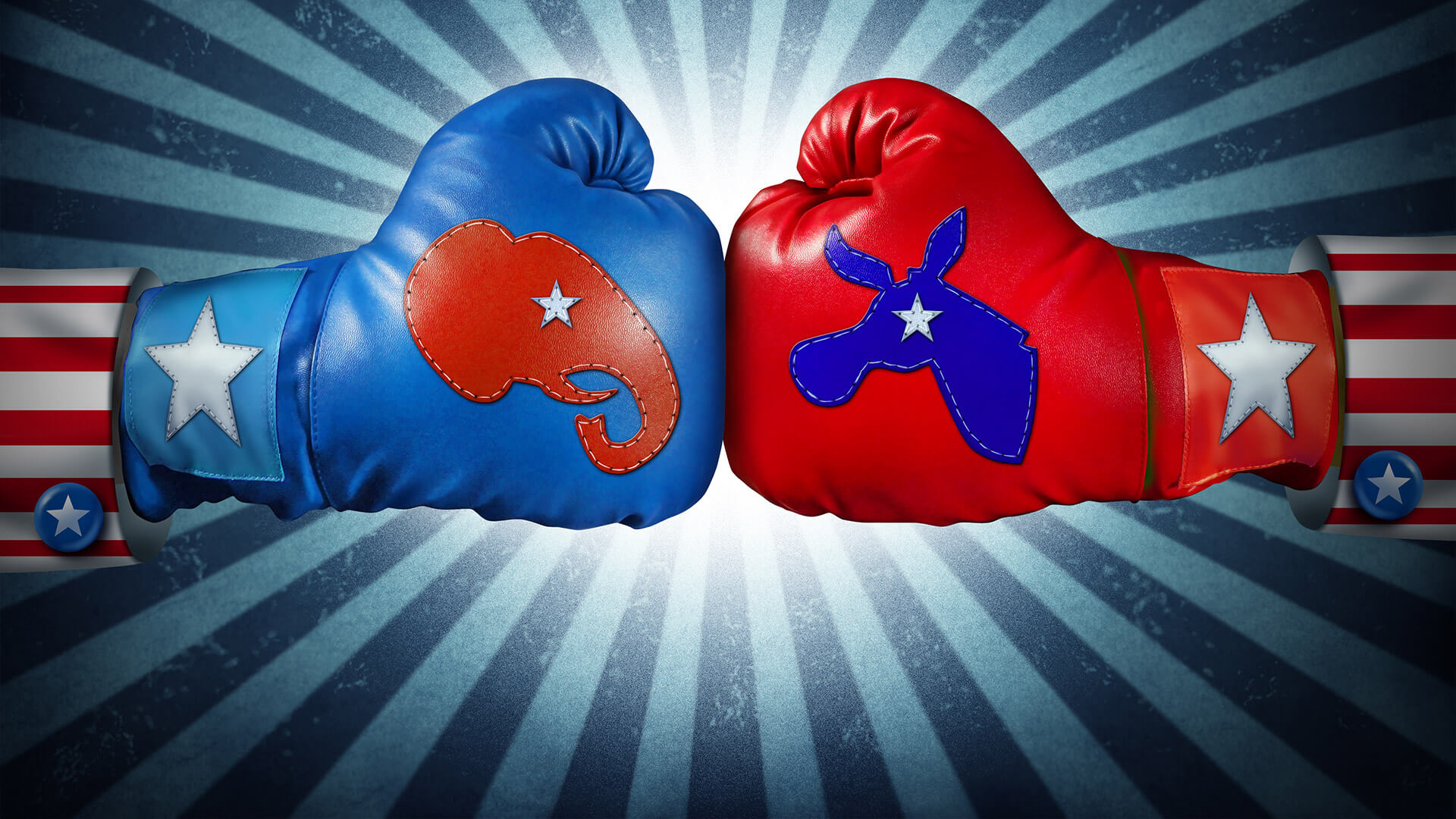Politics aside, data from the 2016 US Presidential election illustrates that intent-driven search data “trumps” demographics-based polling data.
Brian Ussery on November 23, 2016 at 2:00 pm

During the hotly contested and seemingly never-ending campaign season running up to the 2016 US Presidential elections, Americans were exposed to more demographics-based “polling data” than at any other time in history. However, despite the best efforts of pollsters, mathematicians, academics and others, just about every polling projection and prediction was wrong.
Well, all but one.
In the weeks leading up to the election, as polls showed Hillary Clinton leading by a cumulative average of three percentage points or more, Donald Trump was quietly garnering 58 percent of intent-driven Google search queries related to the two candidates. If that doesn’t sound particularly significant, consider the fact that Google search data accurately predicted the outcome of the 2004, 2008, 2012 and 2016 US Presidential elections.
The question is why. Why does the search activity reflect how one candidate may perform? The answer is that search data can accurately reflect unbiased intent.
Polling sample sizes, bias, mathematical formulas, weighting techniques and margins of error simply cannot compete with the accuracy of intent-based data from millions of real people. Don’t get me wrong, polling will always have a place in the marketer’s toolbox, but polling data mostly reflects and relies on the demographics of a small number of poll respondents, what they have done previously and not necessarily their current intent.
As Millard Brown found in 2015, marketers who solely rely on demographics data risk missing more than 70 percent of mobile shoppers. For instance, not all consumers of baby products are moms and dads. In a recent study, Google found that 40 percent of people who buy baby products do not even have infant children.
Not surprisingly, it turns out grandparents, cousins, friends and co-workers influence and/or purchase lots of baby products. Just as with consumer marketing, age, race, sex, marital status, previous activities, the number of children living at home and what people say is not as important as their actual intent.
Another advantage of using searcher intent over polling data is that searcher behavior is anonymous. It filters out potential distortions caused by social pressures, expectations and fear. Some people are reluctant to reveal their true feelings to random individuals claiming to be pollsters. In contrast, these same individuals may have less inhibition while interacting with a search box.
Of course, all these factors do not mean search data is always clear or 100 percent accurate, either. After all, “registered voters” and “likely voters” cannot always be reliably identified. Sometimes search data can also be misleading; context and the number of queries are the key. If either of the candidates’ names had not been unique, for example, it might be impossible to ensure irrelevant or extraneous information was not skewing the data.
To appreciate this problem, consider what the search data might look like in a presidential race between a Smith and a Jones — or worse, a Hilton and a Kardashian. Searching for “Paris Hilton” could imply the user intends to book a hotel room in Paris, France, or find information about a certain socialite in the US.
Even though Google puts together fancy tools for special events like elections, the simple fact is that anyone can leverage the same data for any query by using Google Trends — something to think about if you’re looking for predictive, intent-based data without a million-dollar budget or just want historically accurate data to compare with polling numbers.


